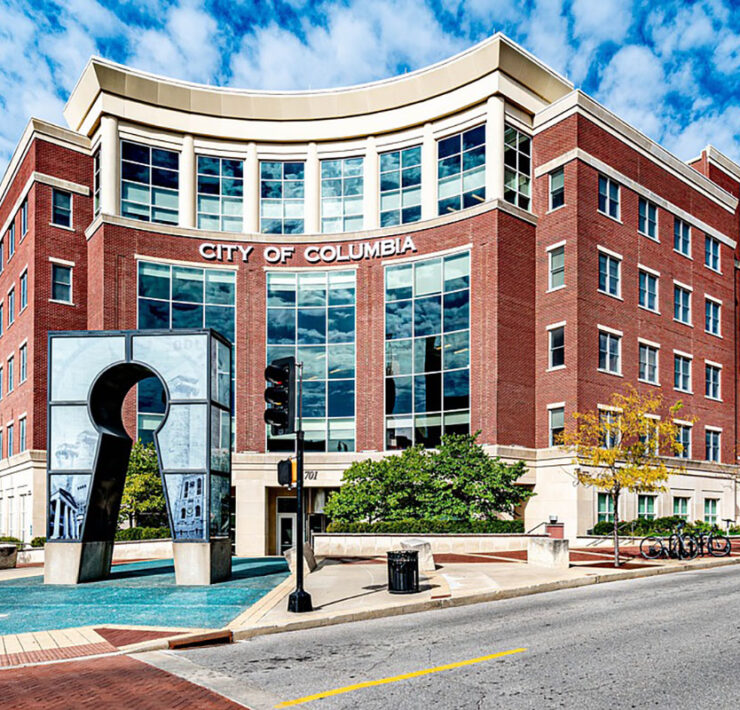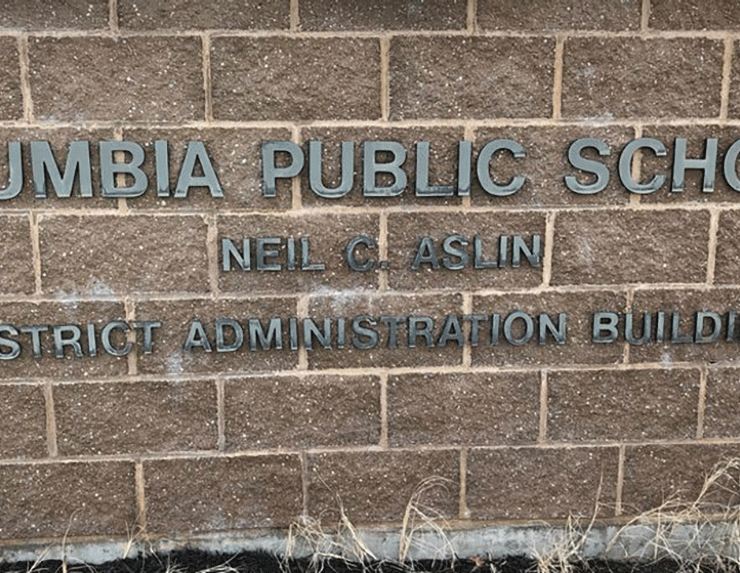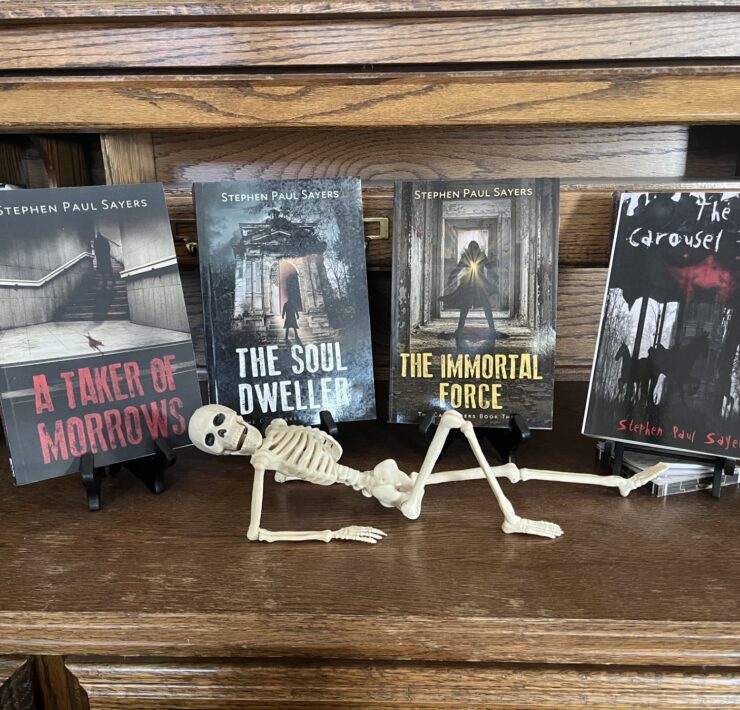Affordable Housing Coalition Pursues Solutions and Action
- "Affordable Housing" originally appeared in the April 2024 "20 Under 40" issue of COMO Magazine.
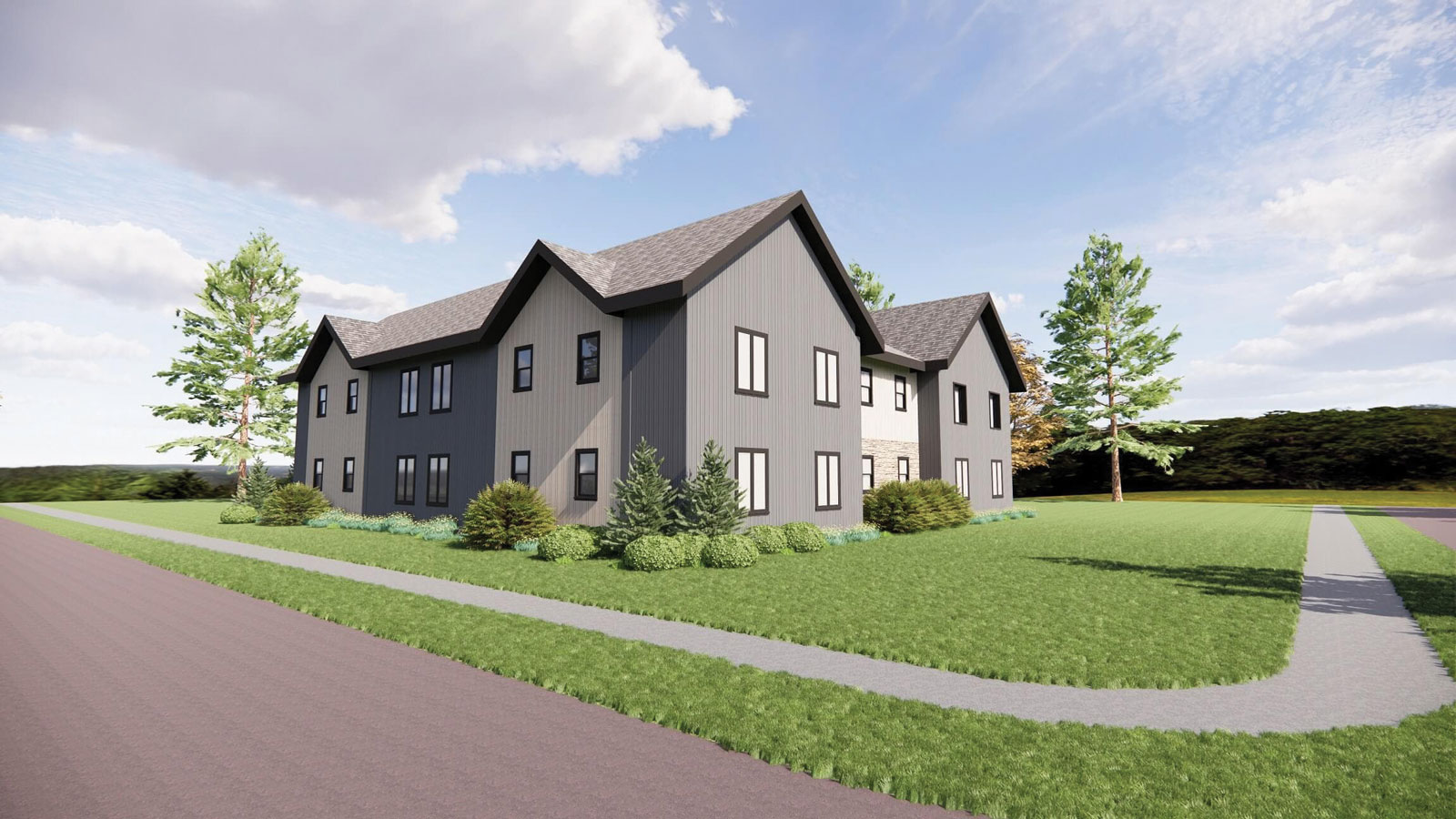
Affordable housing.
What do those two seemingly simple words mean together? The saying, “If you ask one hundred people, you’ll get one hundred different answers” seems to aptly sum up the complex economic, social, and political layers of the affordable housing question. The topic has been a lingering issue in Columbia for decades now, but some city leaders and advocacy groups say they are determined to help shift the conversation from questions to answers — and taking action.
“It’s not a housing issue. It’s a housing crisis,” says Nick Foster, Columbia’s Fourth Ward city council member. “We haven’t treated it like a crisis. And it is.”
The answer probably also depends on the person who is asked — and what their individual or family income amounts to.
“What’s affordable to one is not affordable to another,” says Mark Briley, director of client relations for Anderson Homes Foundation, an offshoot of Anderson Homes, which has launched an initiative in conjunction with Love Columbia to help lower-income families become homeowners.
Briley says housing costs in Columbia since 2019 have increased 40 percent.
“There’s no such thing as affordable for anyone working at a minimum wage level,” he adds.
Further summing up the disparate definitions of affordable housing and the local housing crisis, as Foster puts it, is daunting, but here’s the basic picture:
Half of Columbia’s renters and one third of local homeowners are “cost-burdened,” meaning they pay more than 30 percent of their monthly income for rent or mortgage, says Conrad Hake, program director for Love Columbia. Breaking that down even further, the Columbia Housing Authority reports that nearly 6,000 Columbia households make 30 percent of the area median income, or less, and spend more than 50 percent of their income on rent.
In real dollars and cents, Columbia’s area median income, as reported in federal census data, is currently $57,463. Families earning 30 percent of that amount, or less than $20,000 annually, often can qualify for assistance with groceries (supplemental nutrition assistance program, or SNAP) and housing in the form of vouchers (Section 8, for instance). But the next income level of families — making 50 to 80 percent of the area median income — is especially vulnerable to the high cost of rent and the fading hope of achieving or maintaining home ownership.
That segment of the population is what Love Columbia Executive Director Jane Williams refers to as “the missing middle.”
Williams points out that a primary factor contributing to the local housing crisis — one of the many layers of the complex picture — is the shrinking number of available, affordable rental options. The number has waned under myriad market pressures and rising construction costs, and few income-based public housing units have been built in Columbia in the last 50 years. In addition, wage increases and earnings have not kept pace with the cost of rent, she says.
Williams has always seen affordable housing as a crisis since co-founding Love INC. — now Love Columbia — in 2008. Perhaps not surprisingly, she’s among the leaders of a broad advocacy group seeking solutions to the crisis. The Affordable Housing Coalition, a diverse group of business, nonprofit, government, and faith groups, has been meeting regularly since the fall of 2021, seeking longterm solutions to Columbia’s affordable housing crisis.
That meeting followed an informal trip among local nonprofit and housing advocates to Eileen’s Place, a supportive housing community in Kansas City, and hearing a presentation from Andrea Tapia, CEO of the Kansas City Housing Authority. Soon after, Columbia’s Affordable Housing Coalition began to take shape.
“My feeling was we really needed business, government, and social service people together,” Williams explains. “It seems like it’s going to take all of us to intersect to find a solution.”
Boone County Community Services, a function of Boone County government, awarded a $100,000 grant in June 2021 to Boone County Upward Mobility, which was focused on issues relating to early childhood, housing, and workforce development. That group linked with some who had taken the trip to Eileen’s Place, and the Affordable Housing Coalition was born.
The group includes representatives of social service agencies, including Love Columbia; Realtors, builders, and property managers; the city’s planning department and city council; churches and other nonprofits; the Columbia Housing Authority; and, among others, Central Missouri Community Action (CMCA).
“It’s always been very congenial,” Williams says, referring to the involvement of real estate and home construction representatives; though there was some “pushback” from owners of rental properties who were cautious about their role.
Rental properties, and epecially short-term rentals such as homes used for Airbnbs and similar online rental platforms, have been the subject of a recently-passed city council ordinance that puts limitations and tighter regulations on those properties.
“We did not get into the Airbnb debate,” Williams adds, though she agrees with ordinance proponents who characterized the debate as central to the affordable housing picture.
“We used to have [lower income residents] renting in those places that are now Airbnbs,” she explains. “There’s no way this is not an affordable housing issue.”
The coalition also advocates for the city relaxing its zoning requirements for some residential areas to allow what is known as “mixed income” developments where lower costs homes can be built among higher priced homes. There’s also movement toward allowing more use of auxiliary dwelling units, or ADUs, such as garages, detached buildings, and even basements as rental units. City officials have credited the coalition’s conversations with putting those topics, as well as new but limited provisions for property setback and lot size requirements, on the planning and zoning commission’s agenda.
“Everyone’s afraid,” Williams says. “We trying to educate people about mixed income apartment complexes and permanent supportive housing” that is more affordable. Yet property managers and builders are concerned that if planning and zoning relaxes residential zoning standards to allow more mixed use and mixed income properties, that may open the floodgates for more zoning changes that could limit the number of higher-cost homes that could be built.
Hake says the coalition has been useful for bringing different if not competing voices to the table.
“The ice has been broken,” he adds, echoing Williams’s sentiment. “We have been able to come together. Let’s all get involved in advocacy.”
Anderson Homes Foundation is among the first advocates for increasing the number of affordably priced homes for lower income families. The My First Home initiative involves Love Columbia working with the city and county to lessen impediments to the building process, and coach and certify individuals and families to become candidates to successfully receive a mortgage for a house ranging in cost from $150,000 to $179,000.
Anderson Homes will build those homes at or below cost to keep the price tag in that affordable range. A sponsor or partner — perhaps a local bank or individual — pays for the construction, the foundation buys the house from the sponsor, then the new homeowner buys the house from the foundation. The money can go back to the sponsor or, as Briley says has already happened, the funds stay with the foundation to support building more homes in that price range.
Briley said Anderson Homes founder Russ Anderson started the foundation by asking himself the question, “How can we use our gifts for good?”
“This is a community that has raised many of us. How can we give back?” Briley asks. He’s hopeful that other local builders might follow Anderson’s lead. “We can show this is possible. We hope others can be inspired to do the same — or find their own ways of doing good in the community.
Three of those homes will be completed in May and Anderson Homes is breaking ground for two more. Finding an affordable lot — or finding ways to obtain abandoned lots, many of which are now city-owned — is another challenging part of the equation.
In some ways, the daunting task of addressing the housing crisis seems like the story about the man who spotted a boy tossing starfish back into the ocean, even though hundreds of beached starfish wriggled in the sand. When the man said the boy couldn’t make a difference for them all, the boy returned another starfish to the water and said, “I made a difference for that one.”
Briley says that story resonates with the foundation and the My First Home initiative, despite the staggering odds of resolving the affordable housing crisis.
“Our desire, really, is for families to get ahead,” he continues. “We’re not just building homes. We’re building communities. We’re collecting the first few starfish.”
Since the early 1970s, Columbia has had fewer than 40 new public housing units built. But that story is about to change, and other organizations are also working to increase the number of affordable housing options. Some of that work includes:
Construction will begin soon on Columbia Housing Authority’s (CHA) Kinney Point development near the intersection of East Sexton Road and North Garth Avenue. Kinny Point will have 34 new units. The $12 million cost is funded by a variety of sources, including Veterans United Foundation, the city’s HOME program, CHA, and the Missouri Housing Development Commission.
CHA is also reconstructing seventy existing units in its Park Avenue development and will build back seventy-nine units. The $22 million project will be partly funded by city and county American Rescue Plan Act (ARPA) funds.
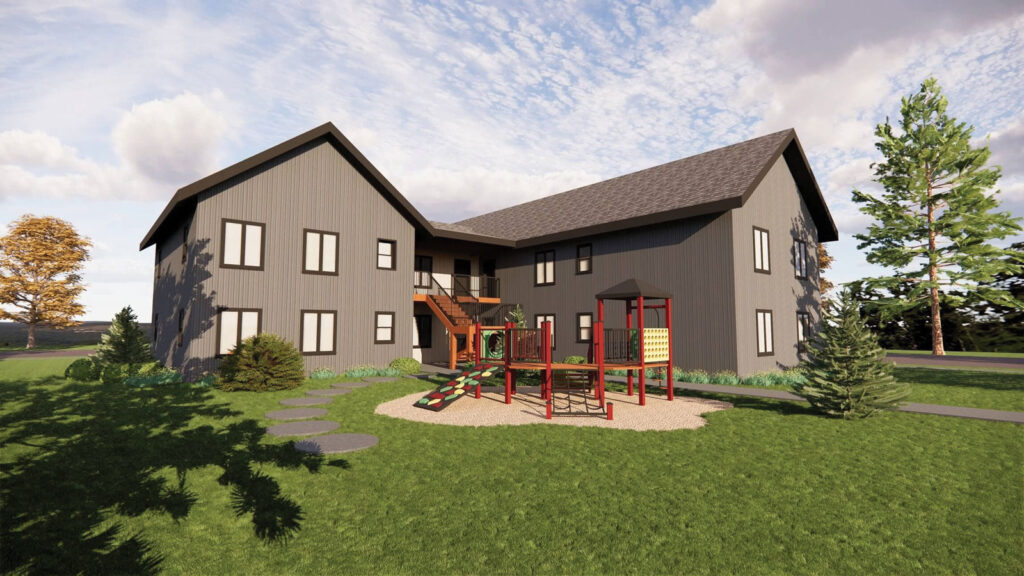
Love Columbia hopes to break ground this summer on a six-plex at the corner of Ash and College. The apartment building will be transitional housing for families with children experiencing homelessness.
CMCA has overseen construction of two houses on Hickman Avenue for lower income buyers. CMCA also has plans for Providence Landing, seven townhome-style one-, two-, and three-bedroom homes for 14 families.
Columbia Community Land Trust is the force behind Cullimore Cottages, a ten-home development of affordable homes for low-income eligible buyers.
Habitat for Humanity continues to develop Boone Prairie Subdivision, a more than fifty-acre subdivision that will be the home to 143 Habitat families.



